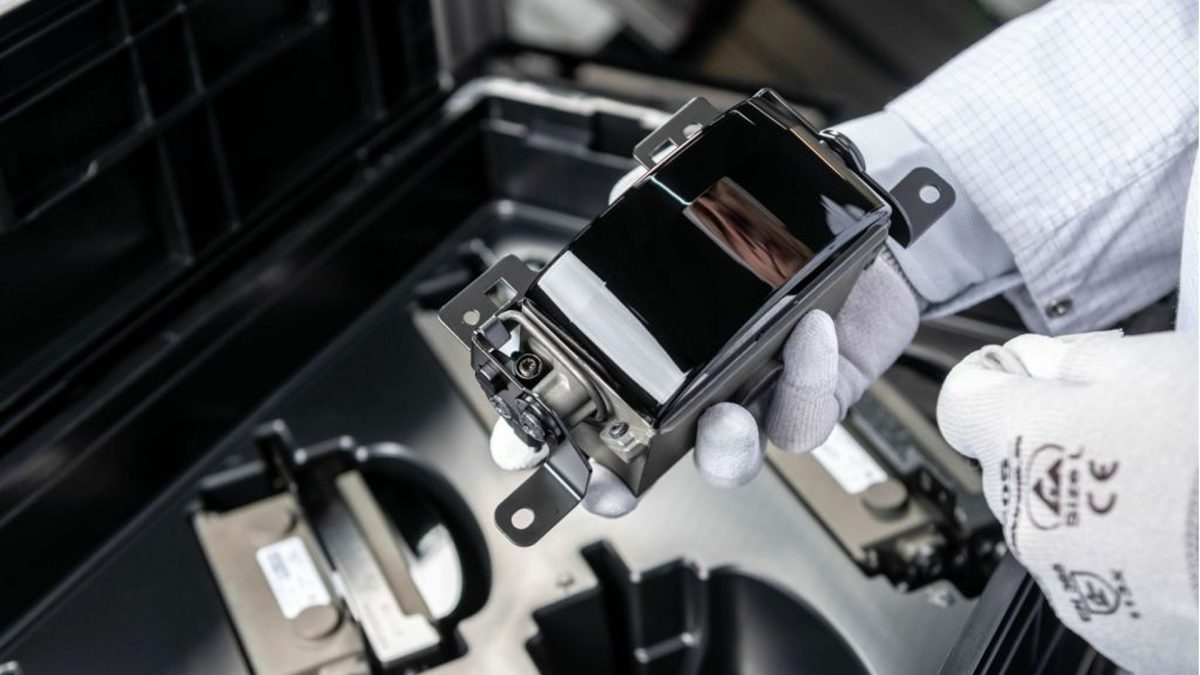Valeo, a French global automotive supplier, has announced that after Stellantis in 2022, its SCALA 3 LiDAR has been chosen by an Asian manufacturer and an American robotaxi company. Valeo has now registered orders worth more than 1 billion euros for SCALA 3.
As per Marc Vrecko, President, Valeo’s Comfort and Driving Assistance Business Group, with over 10 years of experience in development and 5 years of production, Valeo’s LiDAR technology is proven to be reliable and protected by more than 575 patents filed. These new orders show that Valeo’s technology meets the expectations of different markets, being individual cars or robotaxis. It also confirms Valeo’s position in the international domain with clients in Europe, Asia and North America. The company looks forward to working with new partners to bring safer and more automated mobility around the world.
Valeo SCALA 3 LiDAR is the perception centrepiece of the next generation of highly automated systems. It will expand the domain of operation of conditionally automated vehicles (level 3) to wider areas and higher speed (up to 130kph), and make robotaxi (level 4) deployment at scale possible.
Thanks to its laser-based system, Valeo SCALA 3 generates a 3D image of the vehicle’s surroundings delivering a point cloud of a yet unparalleled resolution for an automotive system. Boasting more than 12 million pixels per second (x16 compared with the SCALA 2) and a detection range of 200 metres for low reflectivity objects and 300 metres for high reflectivity objects, it sees almost everything, especially objects that are invisible to the human eye.
In addition to its hardware capabilities, SCALA 3 comes with a suite of software modules, including perception and artificial intelligence based algorithms. Its LiDAR functions guarantee unparalleled safety and reliability through blockage detection, rain and spray detection, online calibration or misalignment detection. It can identify objects – such as a tire – left on an unlit black asphalt road more than 150 metres ahead that neither the driver, cameras nor radars can reliably detect. It finally identifies, classifies and tracks objects, giving the car fusion system the full 3D mapping around the car, and finally making autonomous driving possible. These software modules can easily be embedded on major SoC platforms and run on dedicated ECUs or domain controllers.
Valeo announces 2 new major contracts for its third-generation LiDAR
Its SCALA 3 LiDAR has been chosen by an Asian manufacturer and an American robotaxi company.
SHARE
